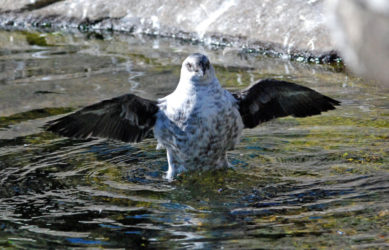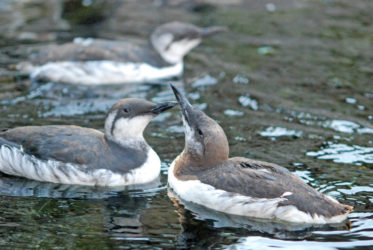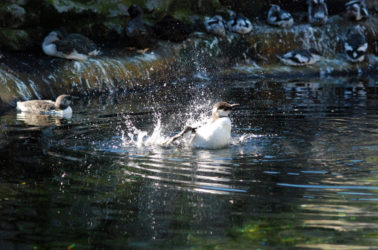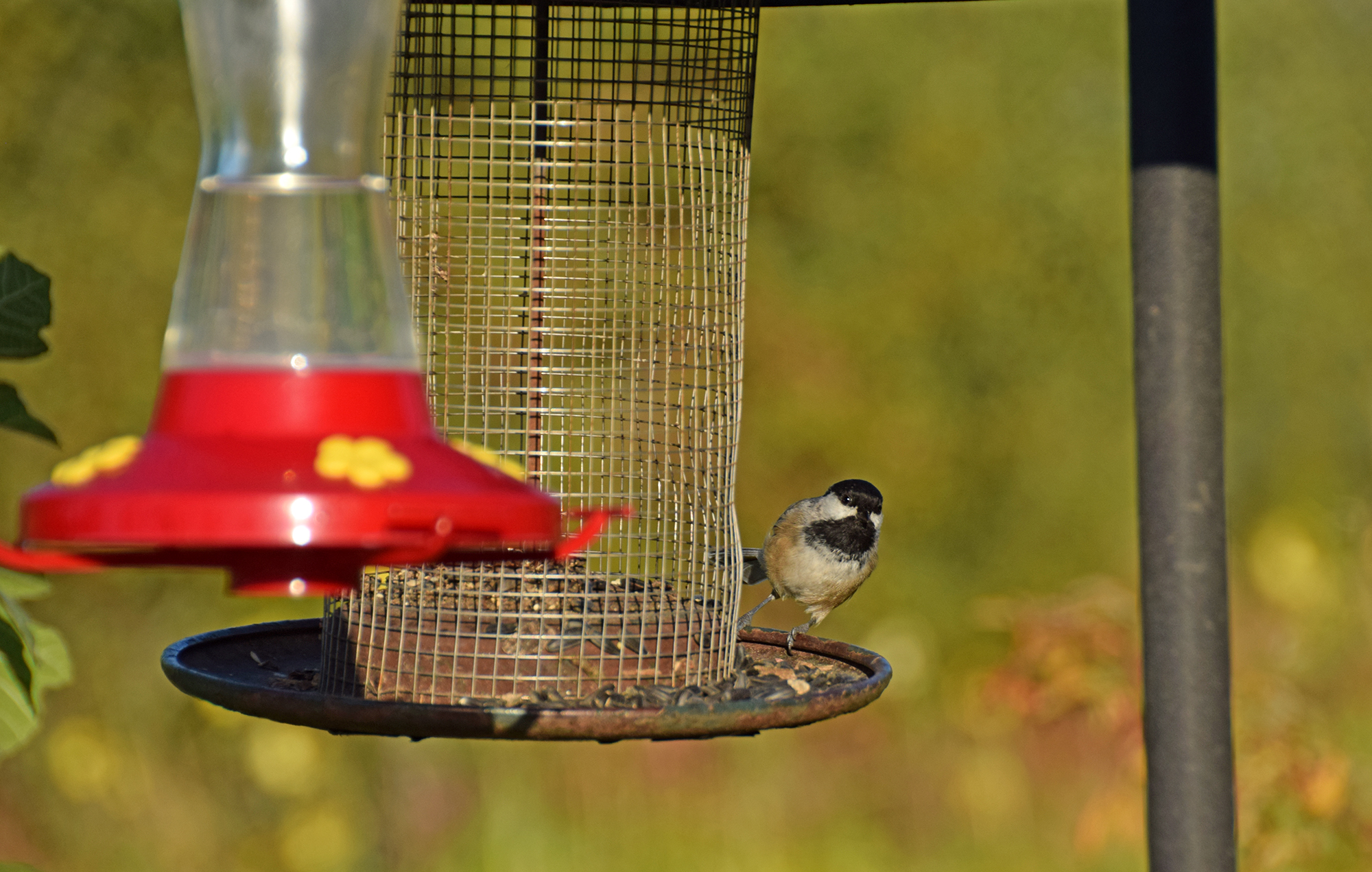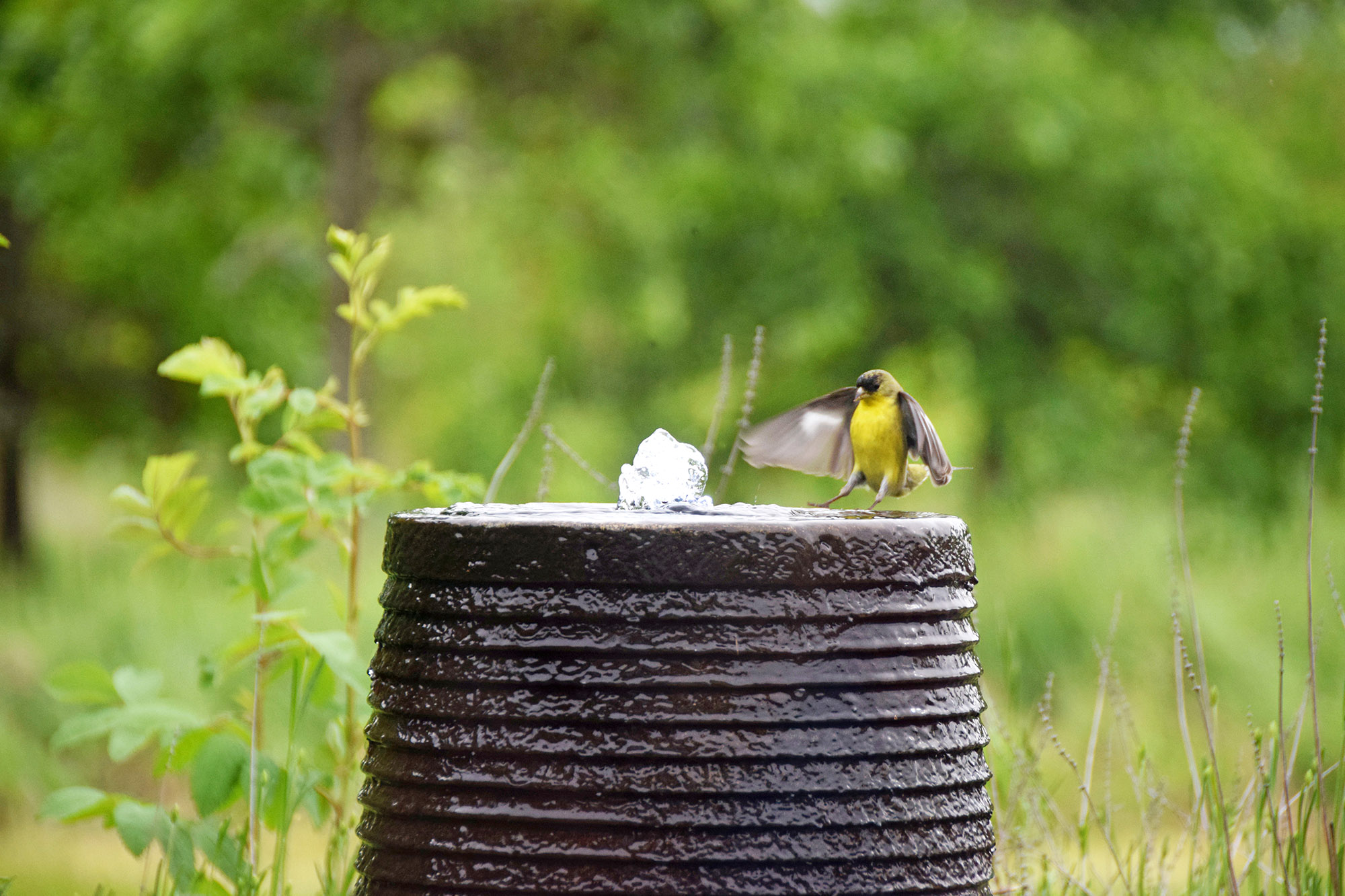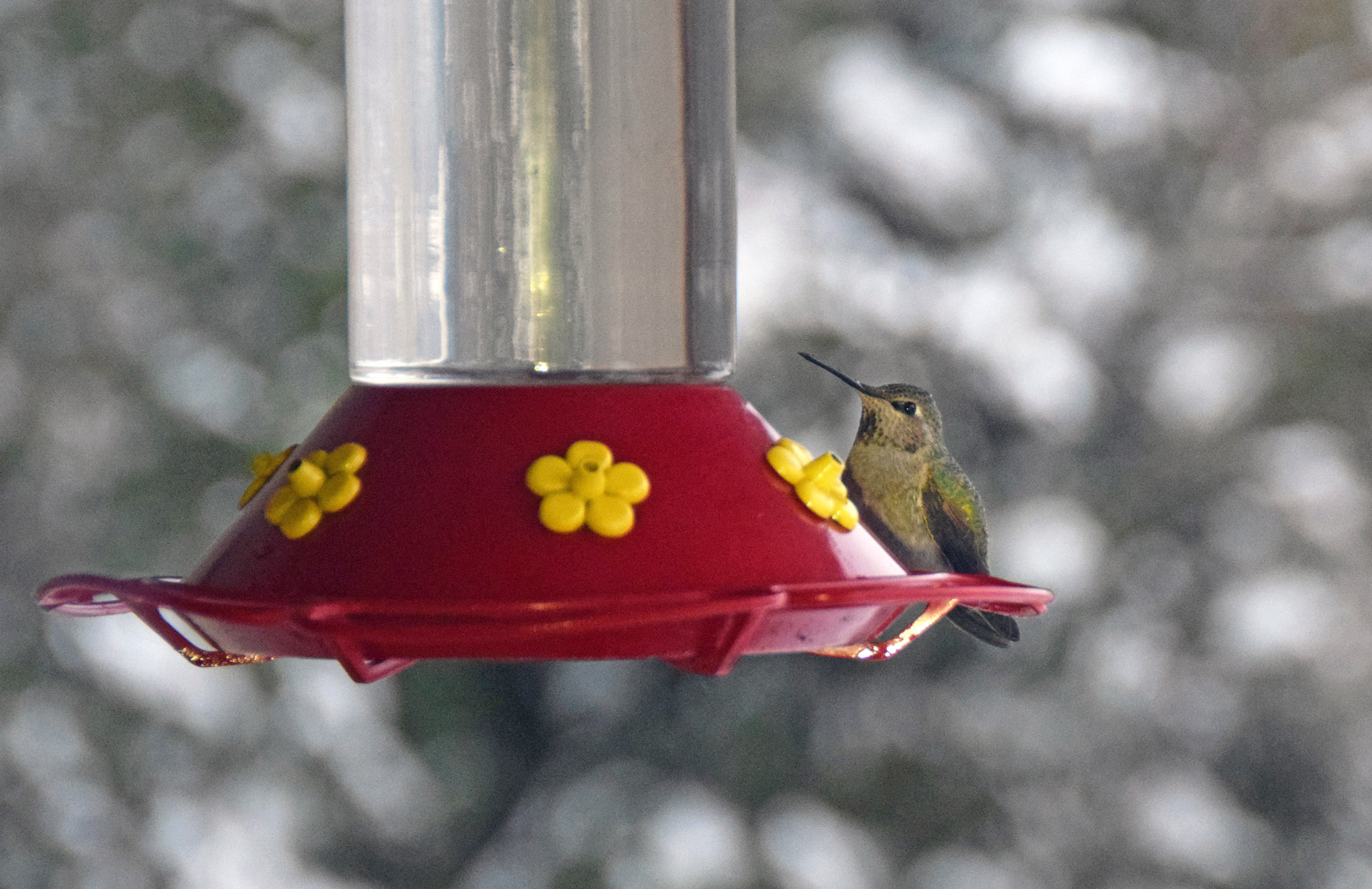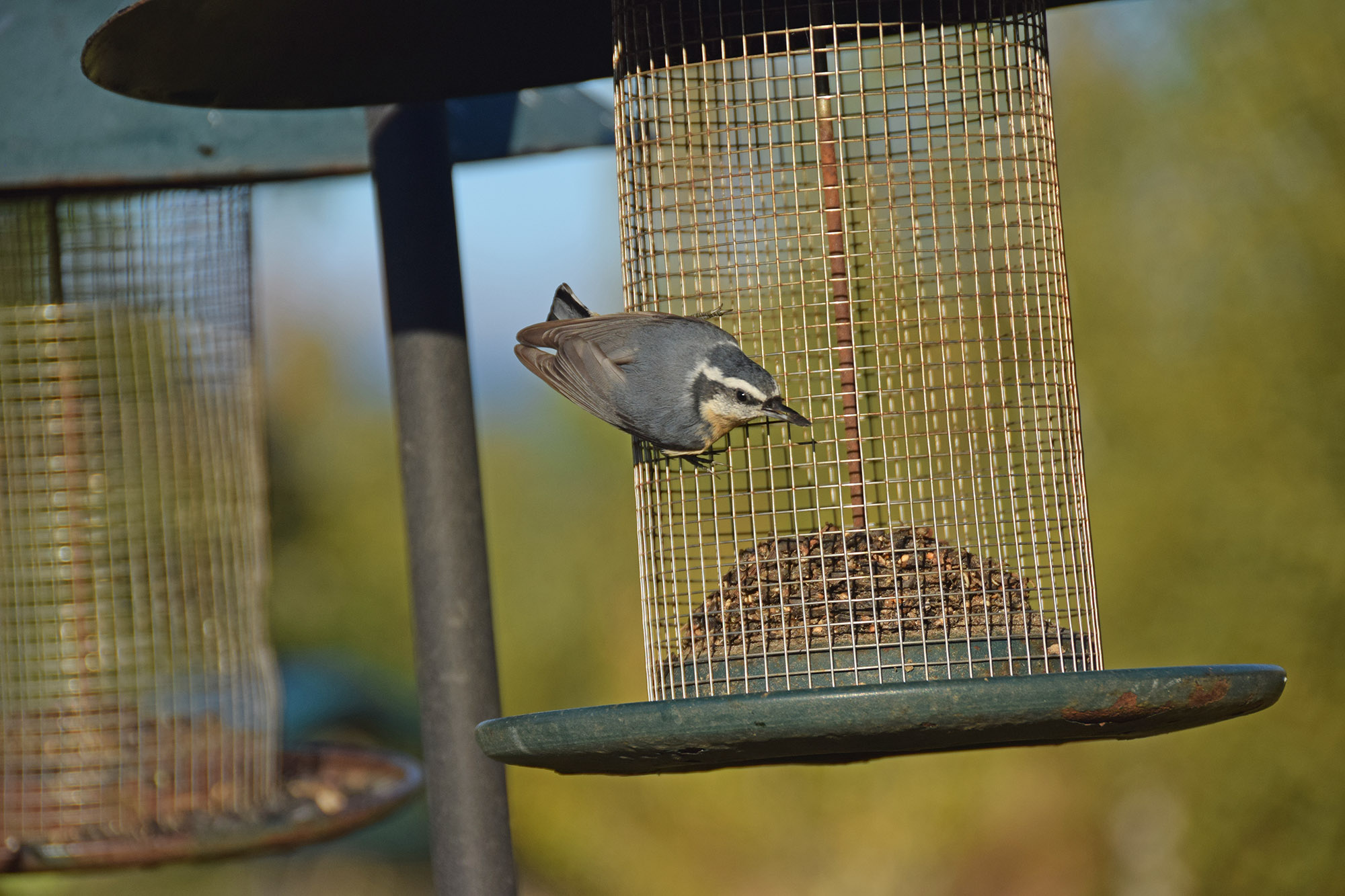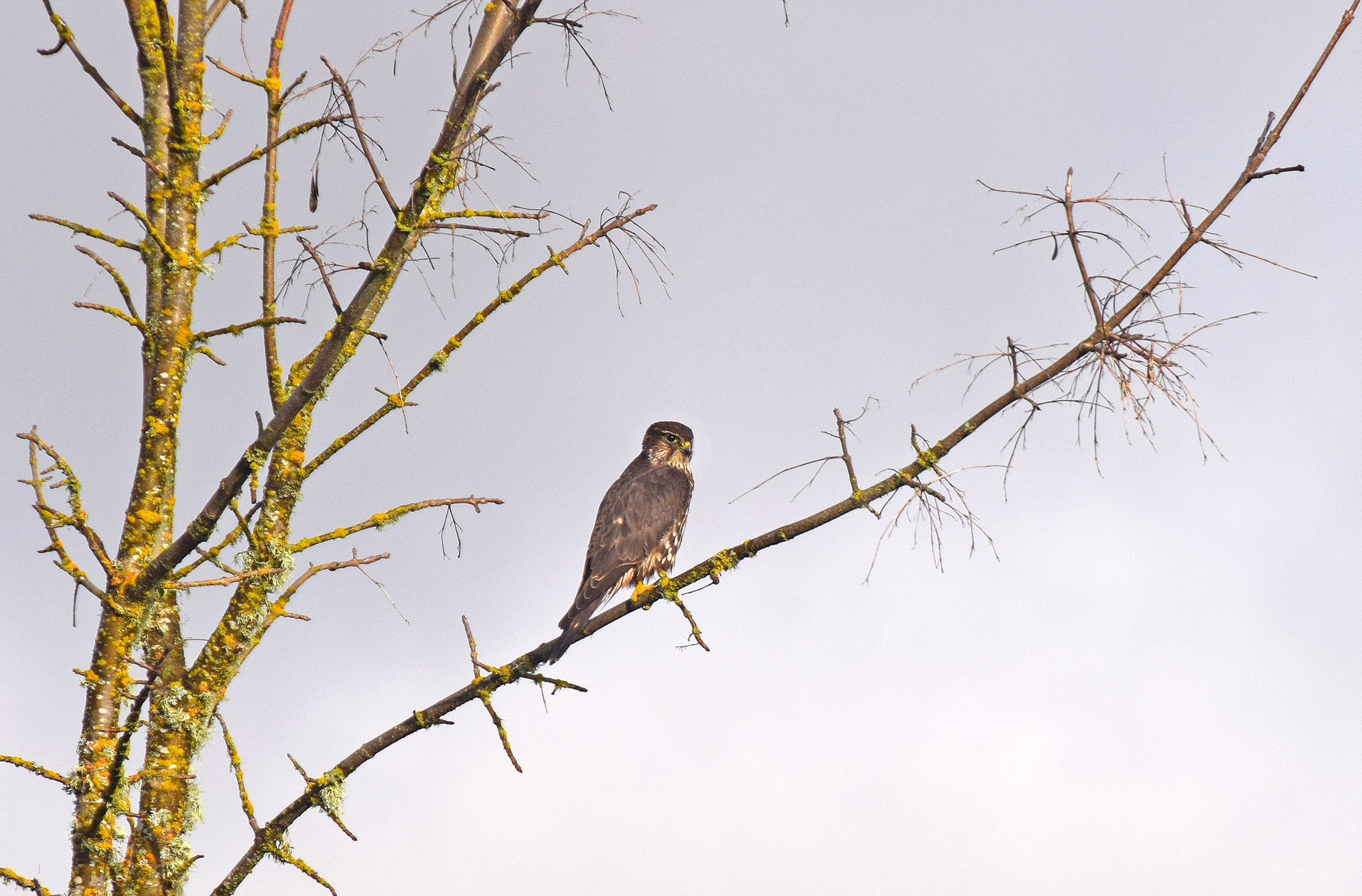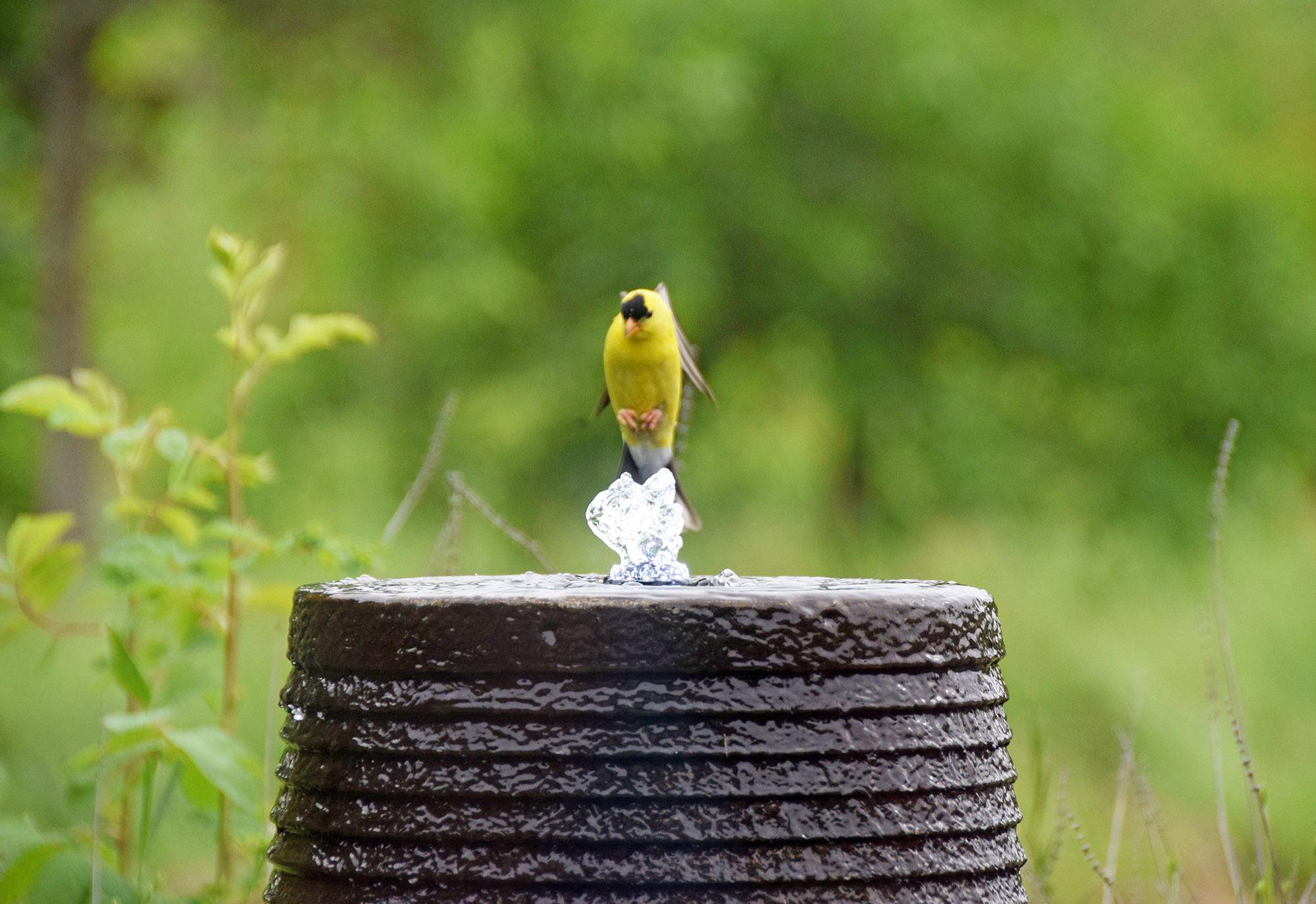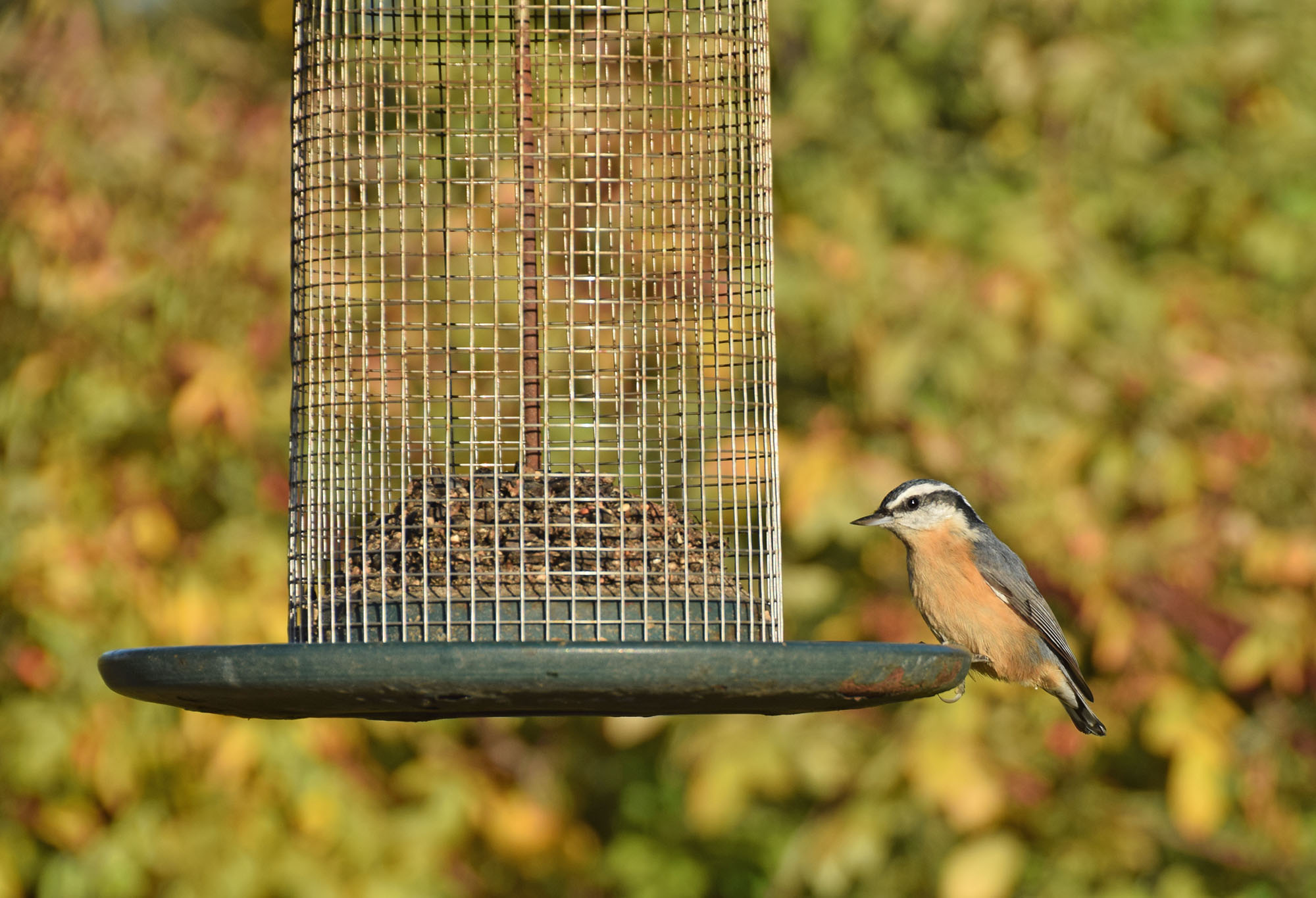
Aviary Birds in Created Habitats


Aviary Objectives
- Provide examples of different bird Orders you are likely to encounter in the field.
- List characteristic field markings used to identify birds.
- Describe techniques that can be used to attract and maintain “backyard” birds.
An aviary is a dedicated space for raising and displaying birds.
Some facilities focus on particular birds. This is the Cascades Raptor Center in Eugene, Oregon. The facility specializes in rehabilitating large birds of prey like eagles, hawks, and owls.
Birds were once thought to be “endless” in number or too remote to be impacted by human activities. Aviaries often include educational signs and presentations that educate about declining species.
Many zoos and aquariums include aviaries. The Oregon Coast Aquarium has an outdoor seabird exhibit that enables close viewing of birds that are often perched on distant coastal cliffs.
Bird Orders
Many aviaries feature birds that are challenging to find in the field. We will focus in on birds you may encounter in your outdoor adventures.
This video uses a field guide to introduce the birds you are likely to encounter.
Bird Orders
There are approximately 46 bird orders. Here is a sample of ones you are likely to encounter.
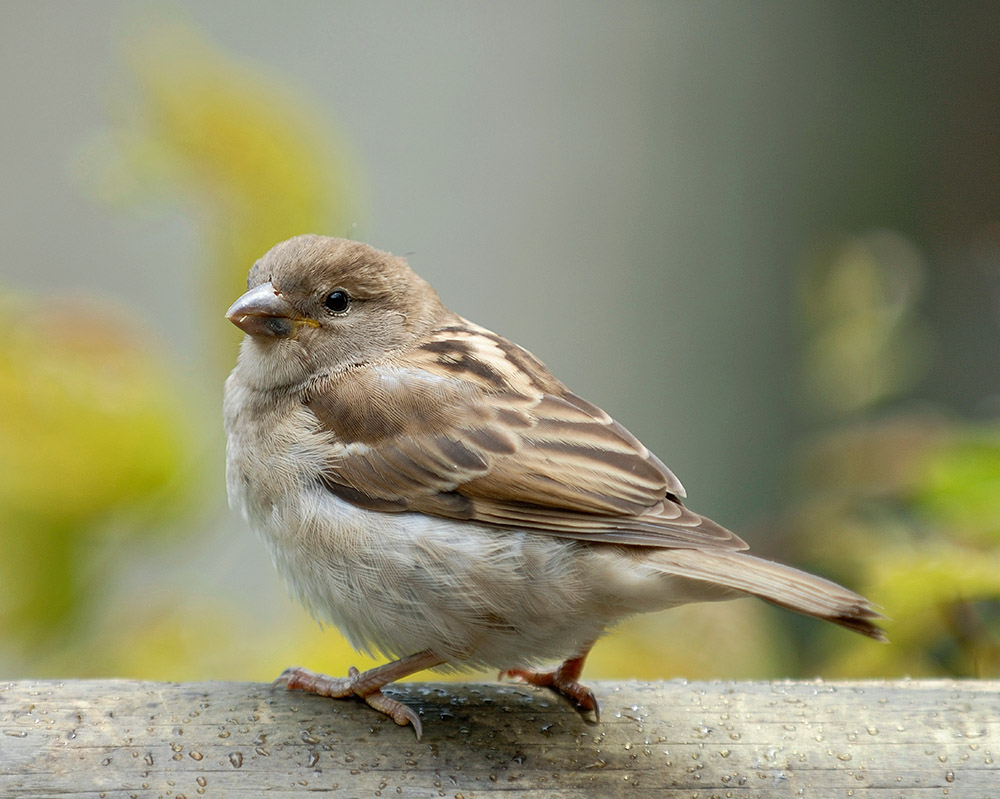
Order Passeriformes
These are the perching birds, sometimes called the “songbirds.” These account for over half of all bird species. Sparrows, finches, crows, and more.
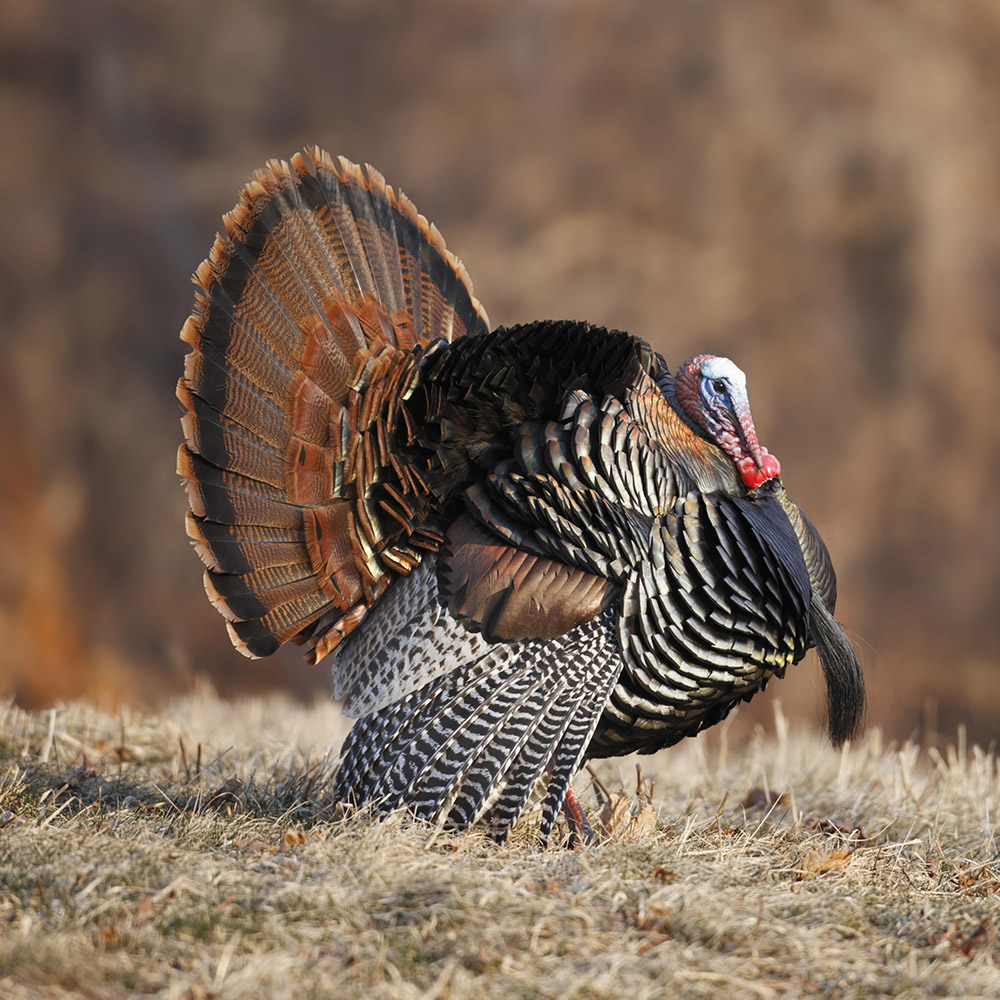
Order Galliformes
Large ground-feeding birds that are significant to humans. Includes turkeys, quail, pheasants, and chickens.
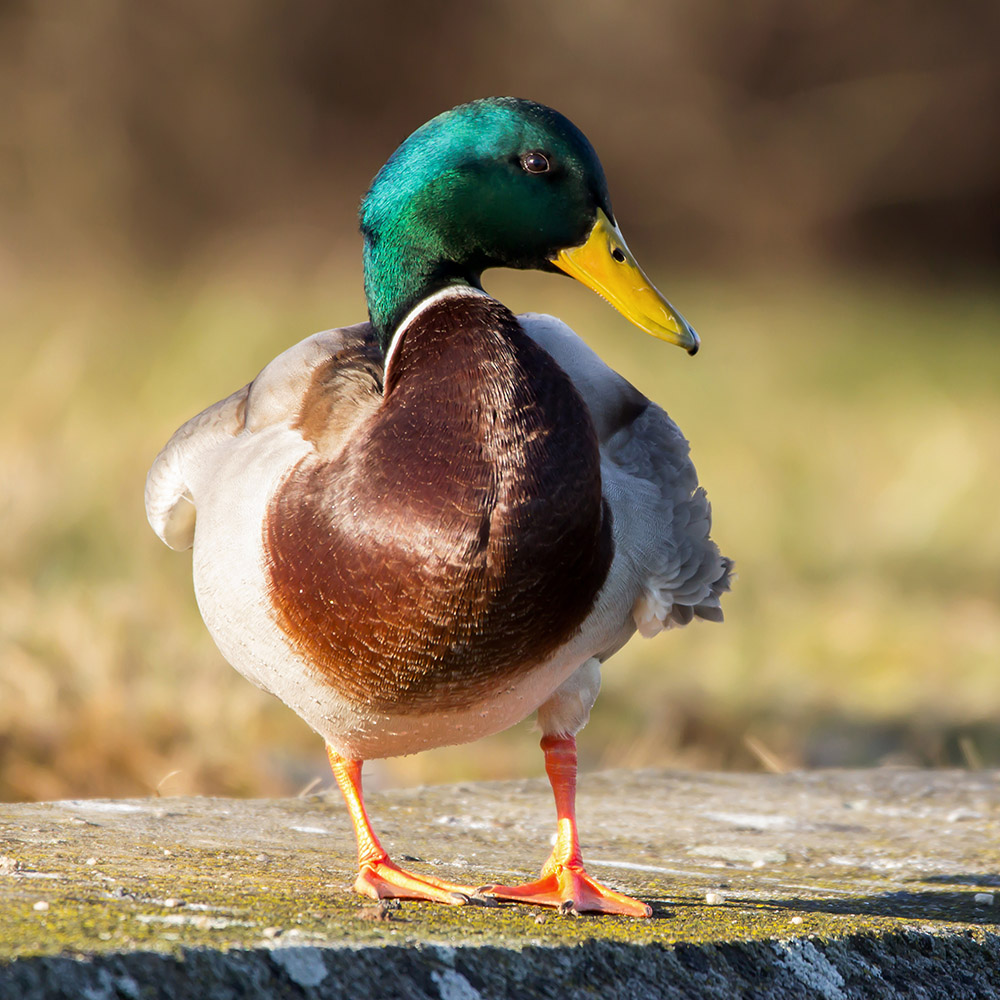
Order Anseriformes
Includes many of the waterbird species, including ducks, geese, and swans.
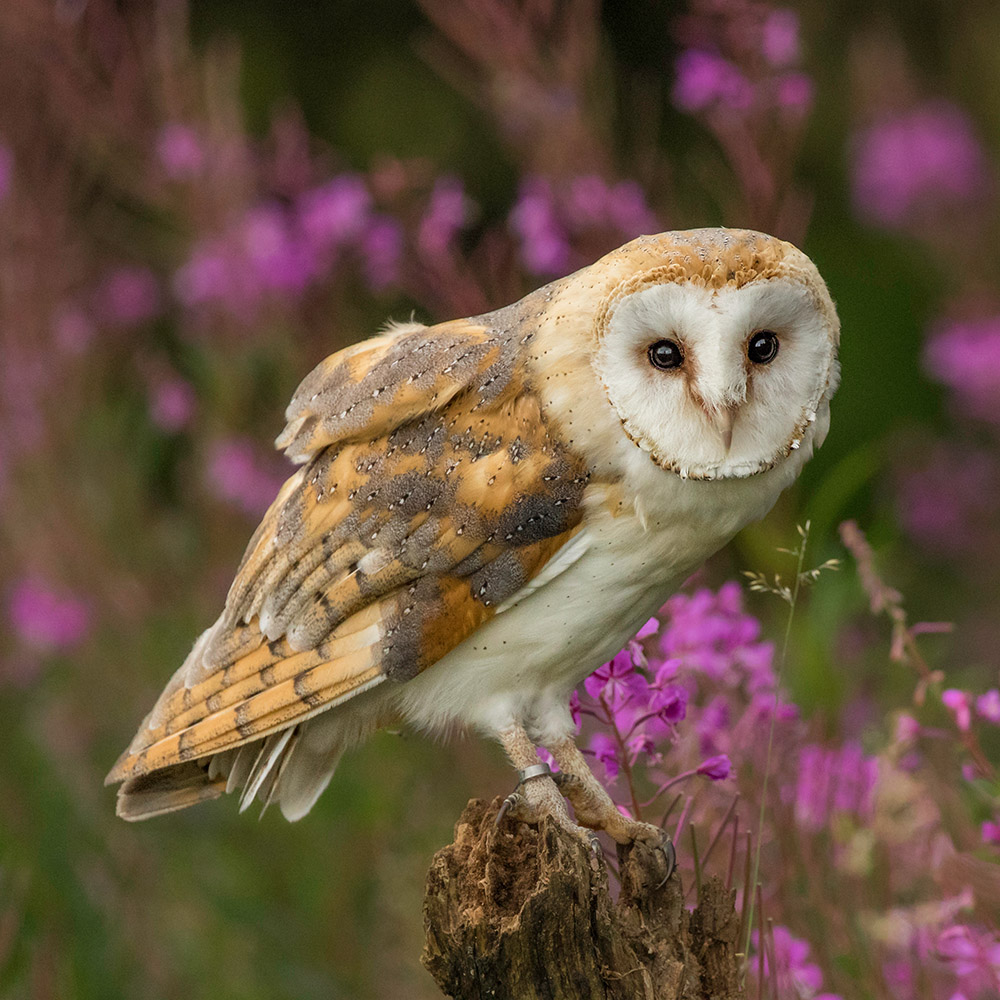
Order Strigiformes
Unique body form and binocular vision, these are the owls.
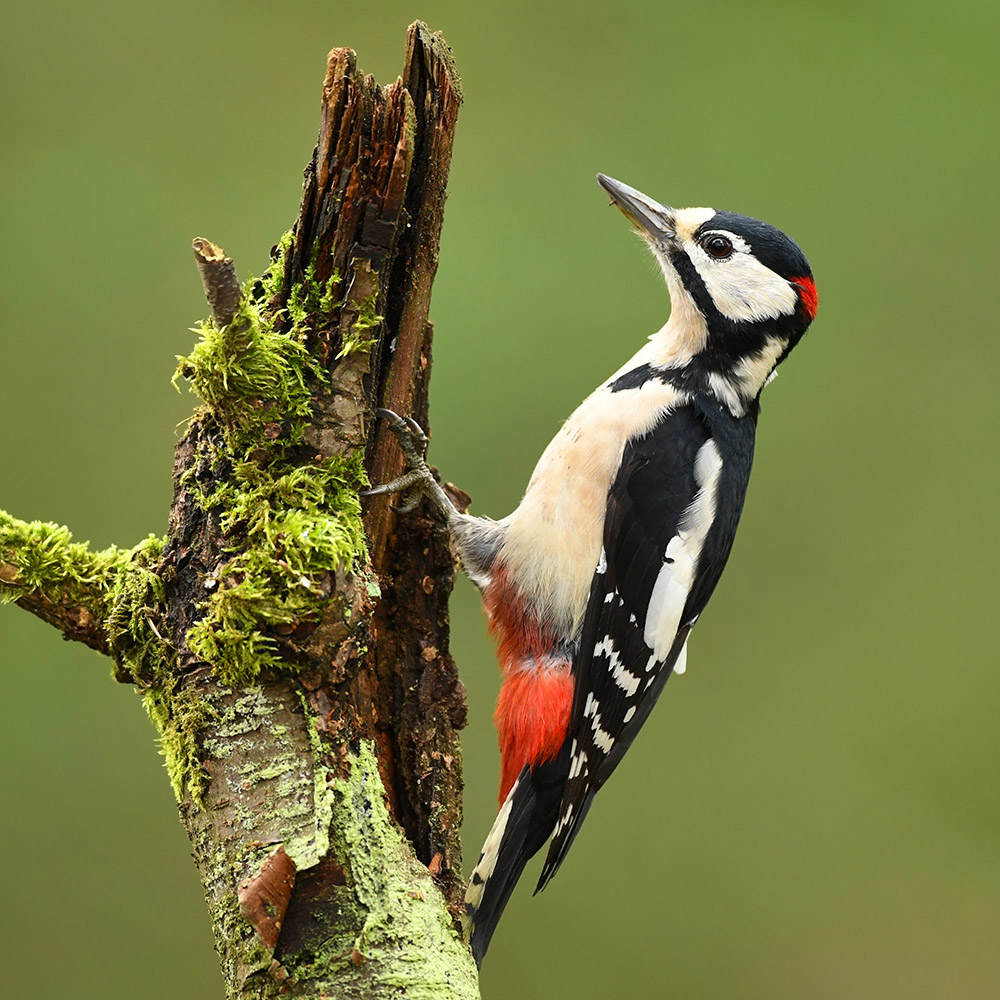
Order Piciformes
Parrot-like feet that used to hang on to vertical surfaces, this order includes the woodpeckers.
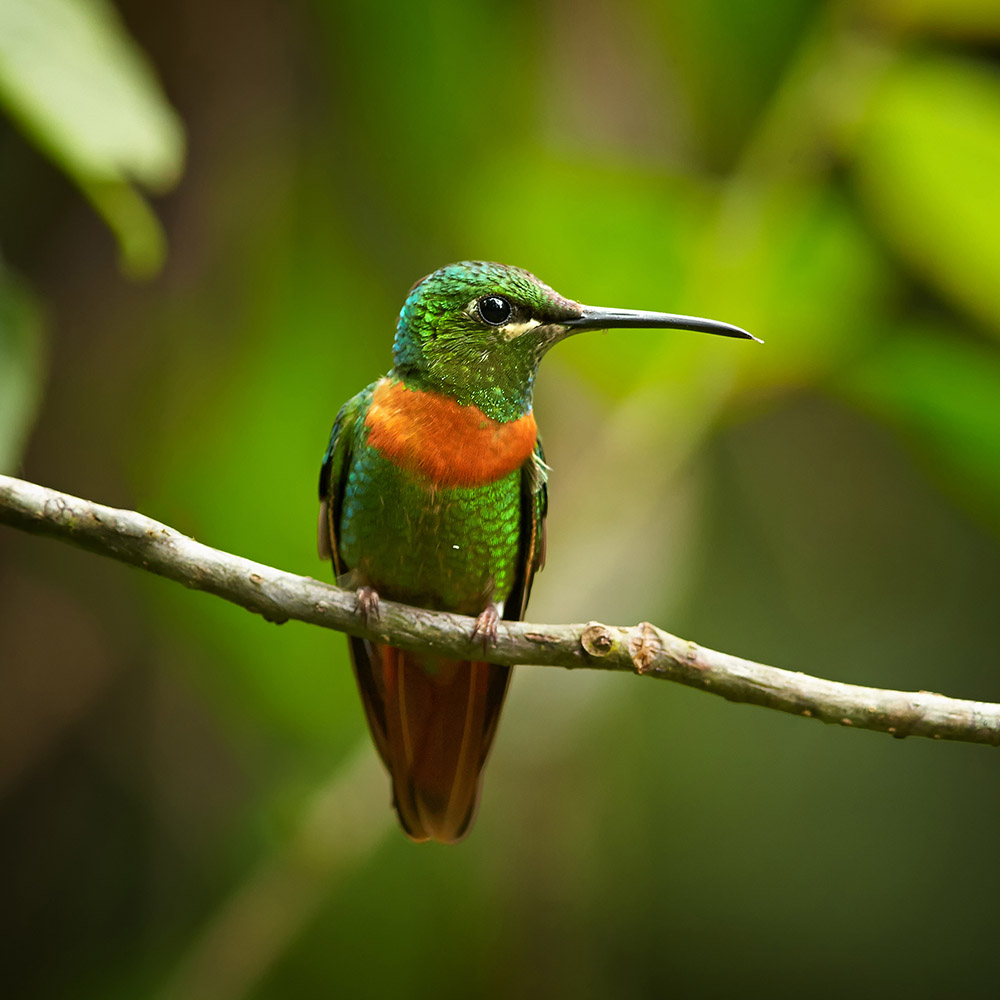
Order Apodiformes
Small birds with nectar-feeding beaks. These are the hummingbirds.
Field Marks
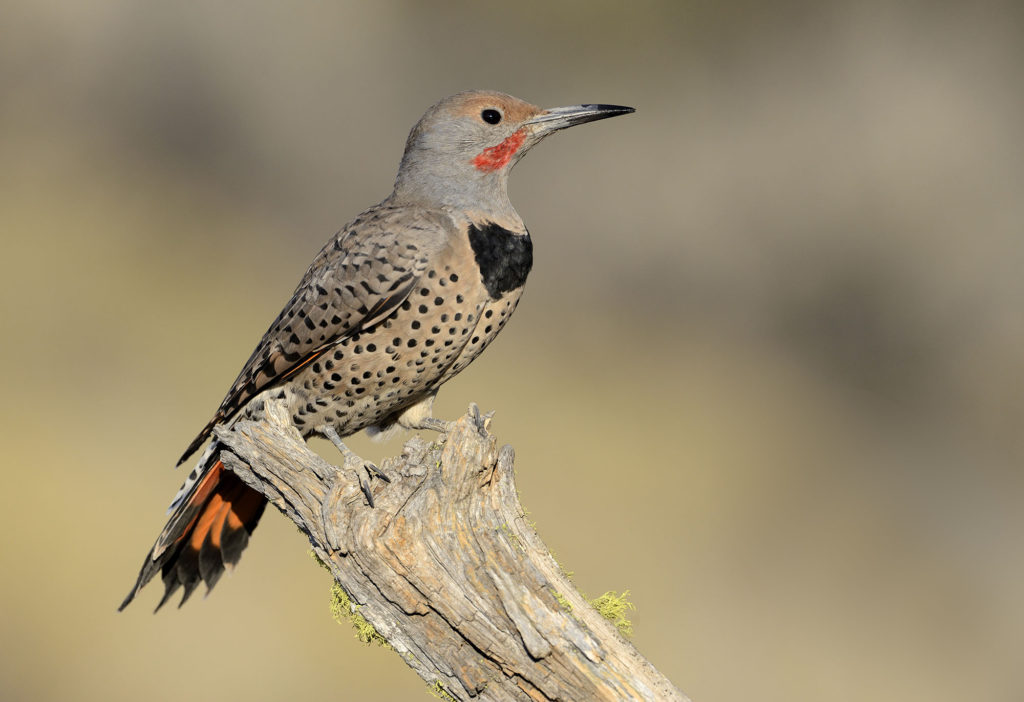
To quickly identify species, you can use and modify this set of characteristics:
-
Habitat (location)
-
Size
-
Shape
-
Field Marks (distinctive spots, stripes, colors, overall patterns, and highlights like iridescence)
-
Behavior
Field Marks Practice #1: Preserved Specimen
The easiest way to learn identification is to practice with a photograph or specimen. In this case we do not have habitat or behavioral information, unless it was provided with the specimen or in collection field notes. However size, shape and field marks can be observed.
Field Marks Practice #2: Dead Field Specimen
Even with precautions like hawk shapes taped to your glass windows, you may occasionally end up with dead birds in the garden. It is an opportunity to practice identification techniques.
A Backyard Aviary
In recent years “backyard birding,” developing and maintaining habitat conditions to consistently attract birds, has become increasingly popular. In some cases these efforts have assisted declining bird species.

A long corridor of bluebird houses in the Willamette Valley supports western bluebird populations.
Purple Martin structures support multiple families in areas of diminished habitat.
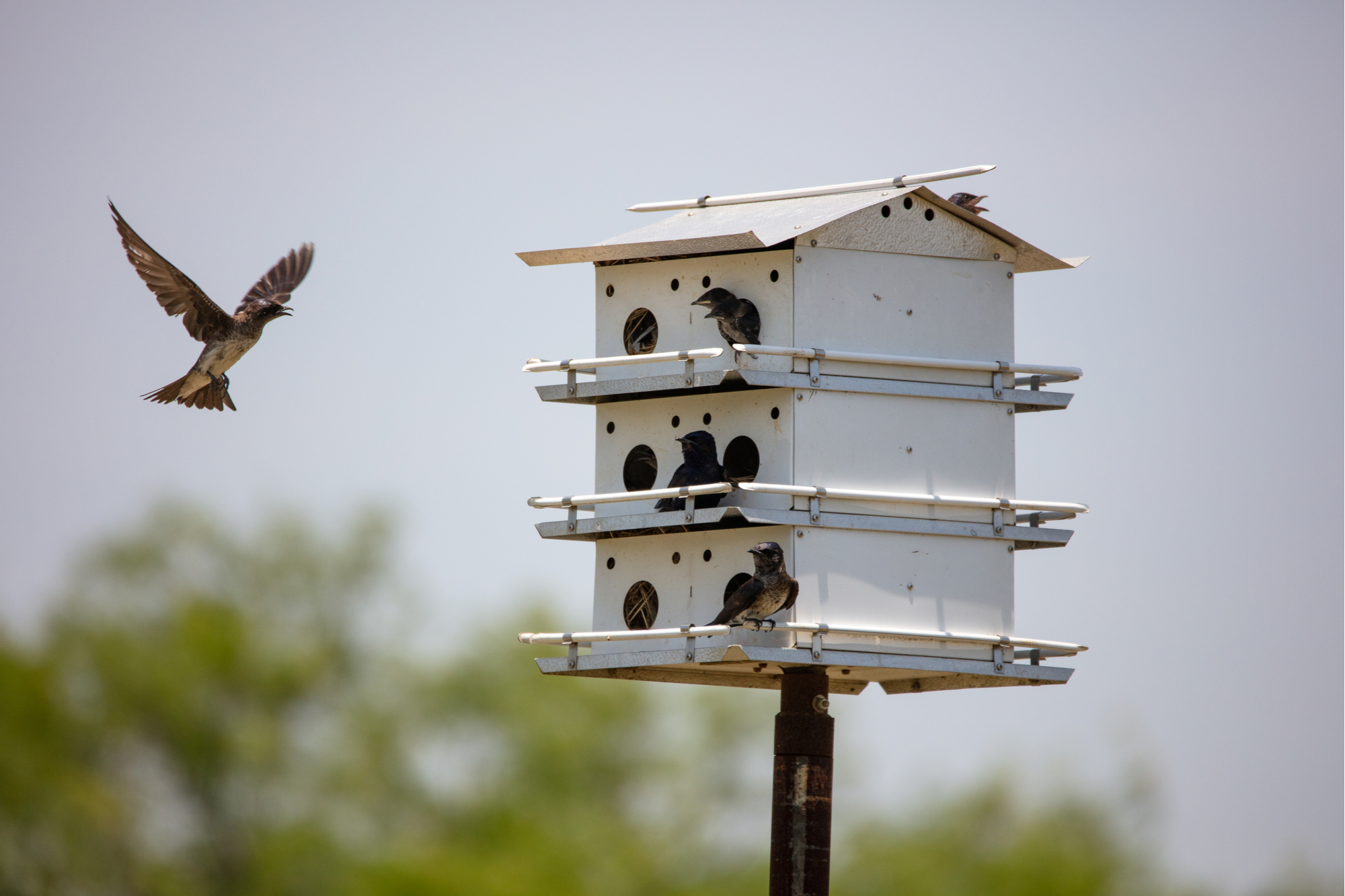
Attracting birds regularly requires consistent food and water. Some birds eat the seeds, suet, or nectar (sugar water) commonly provided at feeders. If you are interested in feeding hummingbirds, there is a video on the resources page.
Feeders can attract the same birds repeatedly, and in some cases birds of prey that eat these smaller birds. Like the merlin in the tree watching these birds at the feeder.
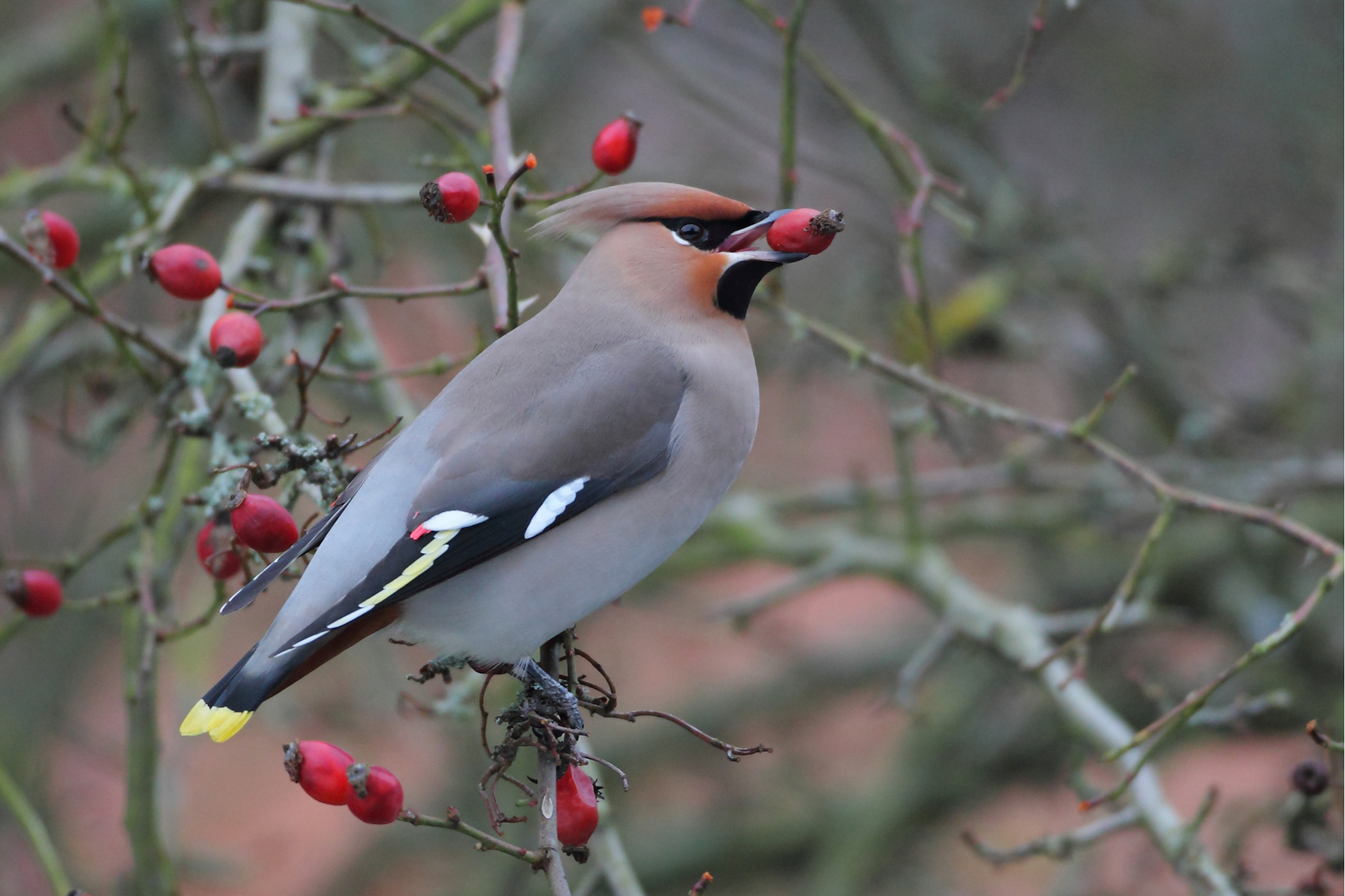
Species that eat insects and berries need trees, shrubs, and grasses that provide varied resources during different seasons.
Successful nesting may require habitat augmentation with trees, shrubs, and grasses. This year we had a good combination of resources to support four valley quail families. Each family started with two parents and six or more offspring. By the end of summer, predators had reduced the number to five parents and approximately 12 offspring. This fall they combined to form a covey of 17+ quail, more than double the number from the start of summer. Winters are mild and we are feeding them, so the populations should hold steady or increase this year.
This male successfully raised five of the nine offspring after the female died. His behavior in spending time close to the house and feeders may have improved survival. Even when setting out optimal resources, success depends on animal behaviors and environmental conditions.
In the next section we head to arboretums; collections of living trees.

Check your knowledge. Can you:
- provide examples of different bird Orders you are likely to encounter in the field?
- list characteristic field markings used to identify birds?
- describe techniques that can be used to attract and maintain “backyard” birds?
